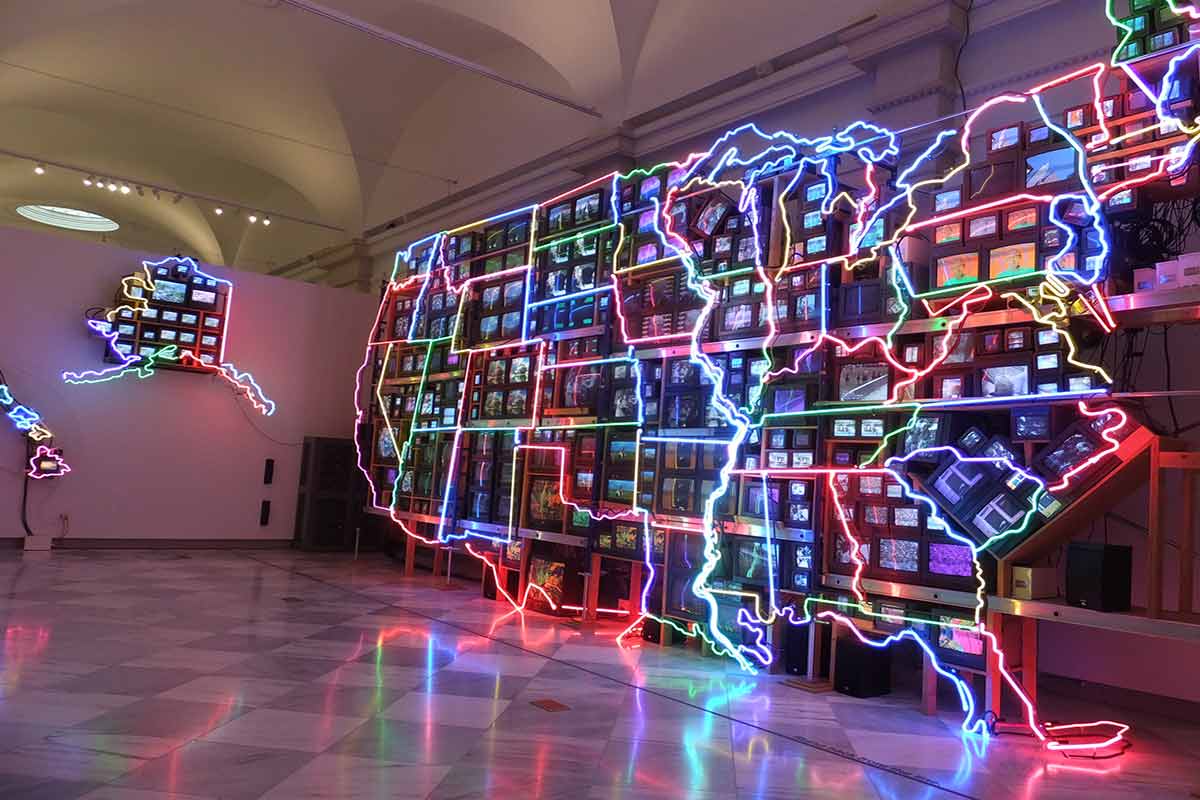Week 8: Nanotech + Art
This week's exploration of nanotechnology and its relationship with art opened my eyes to the vast potential and intricate implications of this innovative field. The foundation of nanotechnology was famously envisioned by Richard Feynman in 1959, who predicted a future where manipulating atoms on a nanoscale could revolutionize various industries (Bayda et al., 2019).

3 Key Areas Where Nanotechnology Is Impacting Our Future
The most impactful reading for me was "The Nanomeme Syndrome: Blurring of fact & fiction in the construction of a new science." This reading discusses how the fuzzy boundaries between fact and fiction in nanotechnology stimulate public imagination and scientific innovation, while also leading to misconceptions and concerns about safety(Gimzewsk et. al).It advocates for clear communication of scientific facts to prevent misguidance and fearmongering (Schulte, Paul A).

Nanotechnology & Society
Nanotechnology has already found applications in various art forms. It has been used in sculptures, paintings, and photography to create unique colors and textures. It allows for artworks with unprecedented detail and effects, pushing the boundaries of traditional artistic methods. However, there are cautions that while nanotechnology holds great promise, ethical and technical challenges must be addressed (Schulte, Paul A 2007).

The Serious Relationship of Art and Technology
One fascinating aspect is the development of "nanoart," where artists use nanomaterials to create works that can only be fully appreciated under a microscope (Goldman, Lynn). This merging of science and art not only pushes creative boundaries but also invites viewers to engage with the microcosm of our world in new ways.
Works Cited
Bayda, Samer, et al. “The History of Nanoscience and Nanotechnology: From Chemical-Physical Applications to Nanomedicine.” Molecules (Basel, Switzerland), U.S. National Library of Medicine, 27 Dec. 2019, www.ncbi.nlm.nih.gov/pmc/articles/PMC6982820/.
Gimzewski, Jim, and Victoria Vesna. “The Nanomeme Syndrome: Blurring of fact & fiction in the construction of a new science.” Technoetic Arts, vol. 1, no. 1, Mar. 2003, pp. 7-24. doi:10.1386/tear.1.1.7/0.
Goldman, Lynn. “The Promise of Nanotechnology.” Implications of Nanotechnology for Environmental Health Research., U.S. National Library of Medicine, 1 Jan. 1970, www.ncbi.nlm.nih.gov/books/NBK21034/.
Piegorsch, Walter W, and Emmanuelle Schuler. “Communicating the Risks, and the Benefits, of Nanotechnology.” International Journal of Risk Assessment and Management, U.S. National Library of Medicine, 1 Jan. 2008, www.ncbi.nlm.nih.gov/pmc/articles/PMC2759720/.
Schulte, Paul A, and Fabio Salamanca-Buentello. “Ethical and Scientific Issues of Nanotechnology in the Workplace.” Environmental Health Perspectives, U.S. National Library of Medicine, Jan. 2007, www.ncbi.nlm.nih.gov/pmc/articles/PMC1817662/.
Image Cited
Brooks, Chuck. “3 Key Areas Where Nanotechnology Is Impacting Our Future.” Forbes, Forbes Magazine, 12 Oct. 2022, www.forbes.com/sites/chuckbrooks/2022/05/31/3-key-areas-where-nanotechnology-is-impacting-our-future/?sh=25a4ed6741af.
“Nanotechnology & Society.” CNS.UCSB, cns.ucsb.edu/about/nanotechnology-society.html. Accessed 23 May 2024.
"The Serious Relationship of Art and Technology." Widewalls, www.widewalls.ch/magazine/the-serious-relationship-of-art-and-technology. Accessed 23 May 2024.
Hi Sophie, thank you for your thoughtful response. When it comes to nanotechnology, I agree there needs to be clear communication of scientific facts to prevent the spread of misinformation and fearmongering. As new technologies make access to information increasingly accessible to the masses, the information being articulated must be credible. If not, the public will become more susceptible to fearmongering because people often fear what they do not fully understand. Therefore, for nanotechnology to become more mainstream, the public must clearly understand its usage and implications. Thank you for sharing your thoughts!
ReplyDeleteHey Sophie Many thanks for your kind comment. I agree that precise scientific facts communication is necessary in the field of nanotechnology to stop the disseminating of false information and fear mongering. New technologies have made information more widely available, hence the information being presented has to be reliable. If not, fear mongering will have more appeal to the general public as people tend to dread things they do not really comprehend. The public must so fully comprehend the applications and consequences of nanotechnology in order for it to become more widely used. We appreciate you giving your opinions.
ReplyDeleteHi Sophie,
ReplyDeleteReading your blog post makes me very appreciative of the various artists going out of their comfort zone and creating art through nanotechnology. As you mentioned the boundary between fact and fiction stimulate public imagination, I see the inspiration of many through their art form. I think it is so cool that detailed viewing of the art would have to be through a microscope. It was so great and enjoyable reading your blog.